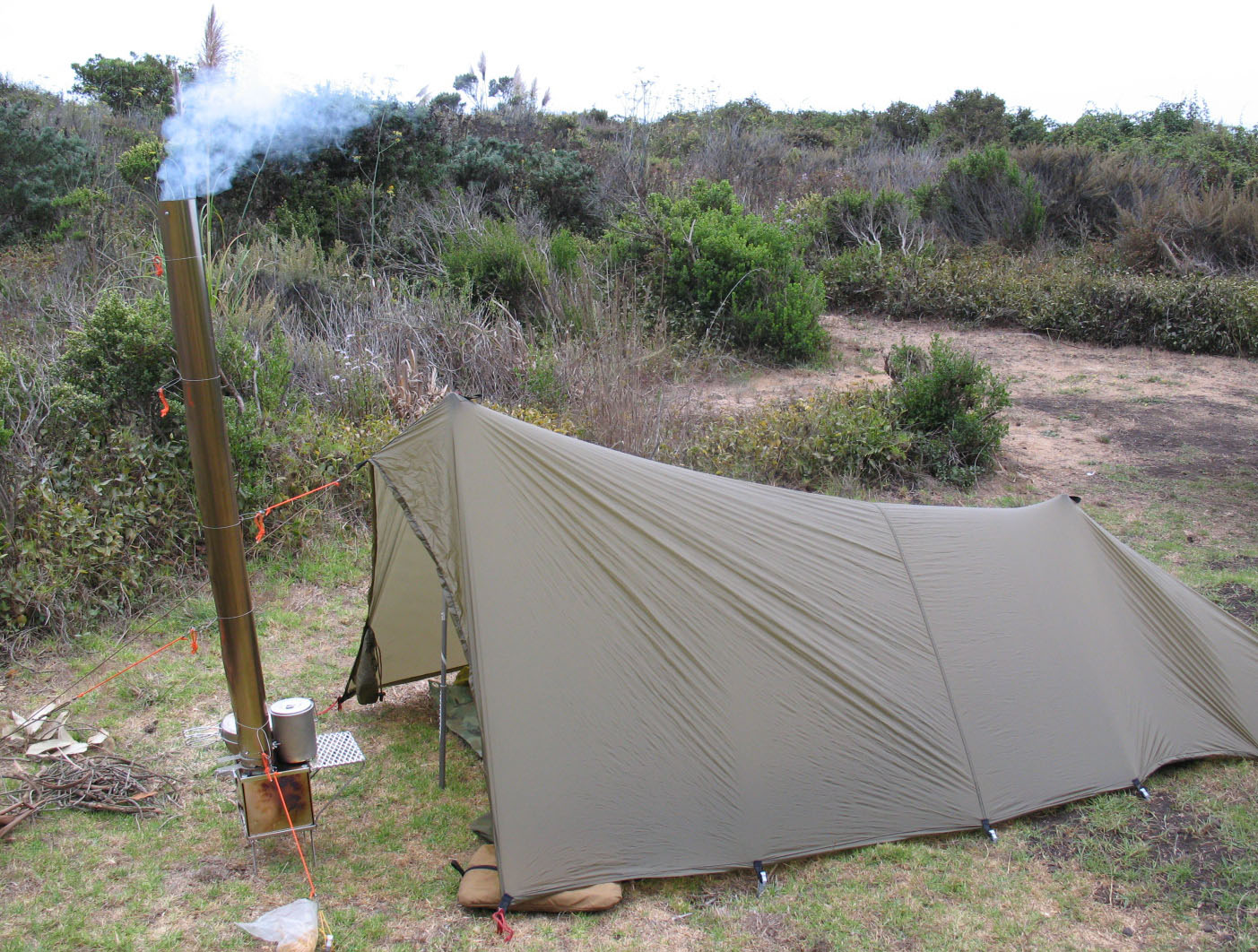The other day I was talking with one of my grandchildren, who is going camping with his scout troop in a couple of days. We got into a discussion of how to decide where to build your camp. I soon realized that this is a subject I need to address in a bit of depth.
Here a few simple rules that will help you.
- Stay out of low-lying green grassy areas, these will collect water if it rains and the ground may be damp.
- Camp uphill from streams or rivers. This will protect you from flash floods and sudden rises in water levels created by releases from dams.
- Look for protection from wind and storms. A rock overhang is a good example.
- Check the site for poisonous plants, dangers of falling rocks, overhanging branches and animals.
- Stay back from standing water to avoid insects pests like mosquitoes.
- Look for a flat place for your bed and campfire.
- Is there a good source of firewood?
- Check for food sources, edible plants, animals and fish.
- Check for the availability of good water.
- In the winter it will be colder in the bottom of ravines and valleys or near low lying rivers. Camping 20 – 30 feet high can make the difference of several degrees.
In times of trouble if you are hiding from someone you may have to break these rules, but use them when you can to have a safe pleasant camping trip.
Howard



Does anyone know the common range of mosquitos from water?
How far do mosquitoes typically fly?
A few kinds of mosquitoes will fly only a few yards from their larval habitat to take a blood meal. More typically adults will fly a mile or two to feed. However, some mosquitoes have been observed to fly 10 miles or more. But they are more concentrated near there breeding grounds.
This is something to do now not when you are in danger as the learning curve can be unforgiving. Good post
I always refer to 5 W’s of camping
Weather- Pay attention to the clouds.
Wood- Sufficent supply available
Widow makers- Look for branchs or rocks that could come down on you.
Wigglys- Use a branch and sweep the camping area this will help remove some creepy crawlers, also boots upside down when not wearing, shake sleeping covers/bag out before settling in.a
Water- Water source nearby that is accessable, I prefer within a hundred yards, thats usally far enough to help keep mosquitos at bay (somewhat) yet close enough for retrieving water.
Those five have always helped me and easy to remember.
In Adam’s Woman, a story of the settling of Australia, the refugees camped in a dry-as-a-bone riverbed. There was not one sign of water. Before morning, a deluge almost wiped them out. The riverbed did not have a deep, obvious channel. I have never been camping in my life and don’t intend to, but I have made a mental note to watch out for a parched riverbed if I ever do go camping.
Most of us that camp are more worried about how far they have to walk to buy something at the campground store or camp close enough to an electrical outlet that our 50-foot cord reaches out tent or camper.
My meaning it that wild places are hard to find, at least in the East they are.
I only feel like I’m in the wild when I am canoeing down a river. It seems like they are the last wild places you can easily find.
.
Just wondering. Is the picture of the stove with the tarp a stock photo, or is it actually one you (someone you know) use? I was wondering how well it works for you.
In my area (Ohio) the mosquitoes are too abundant and hungry for tarp shelters, but I’m planning a trip out West this summer and in a drier less bug-heavy area a tarp shelter sees appealing.
.
I have one of the stoves and it works well. Tarp shelters like this work well where there are no mosquitoes.
Howard
Another consideration is is there a good spot for a latrine.